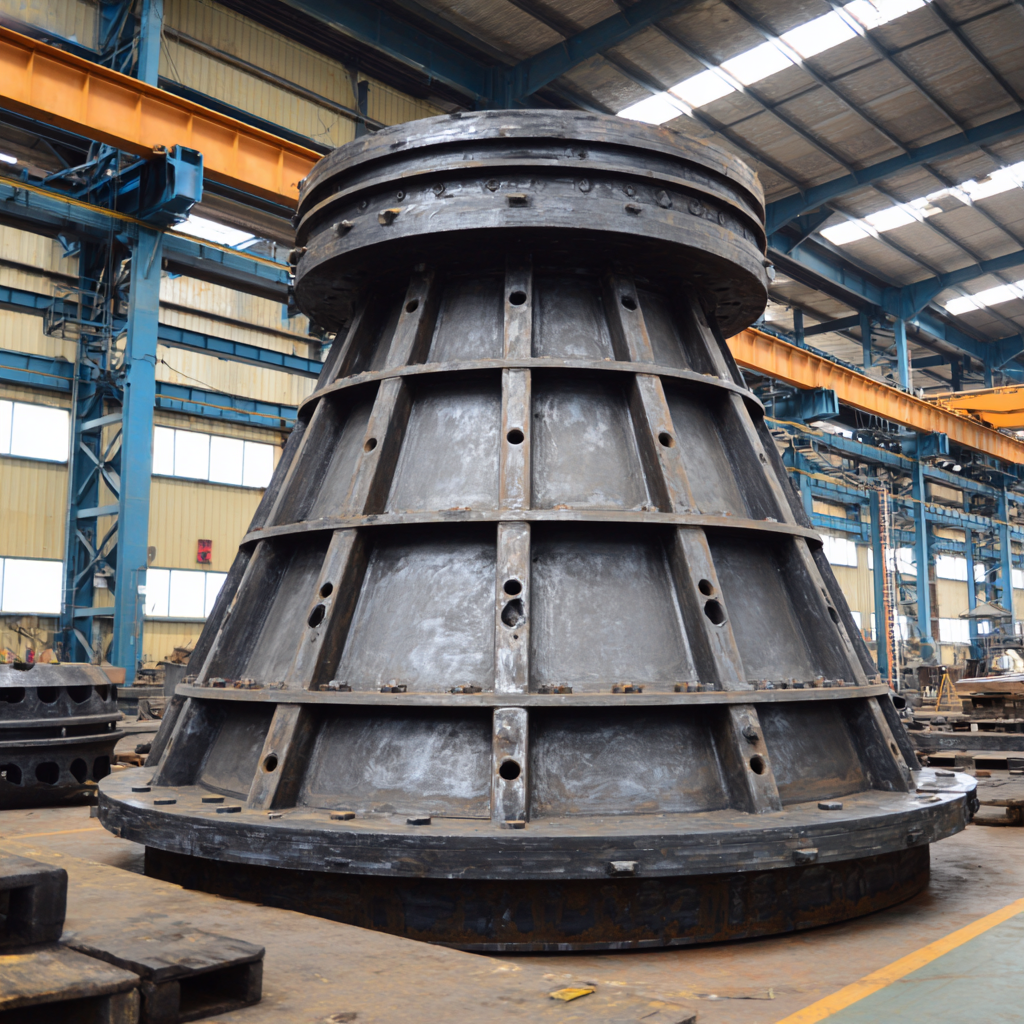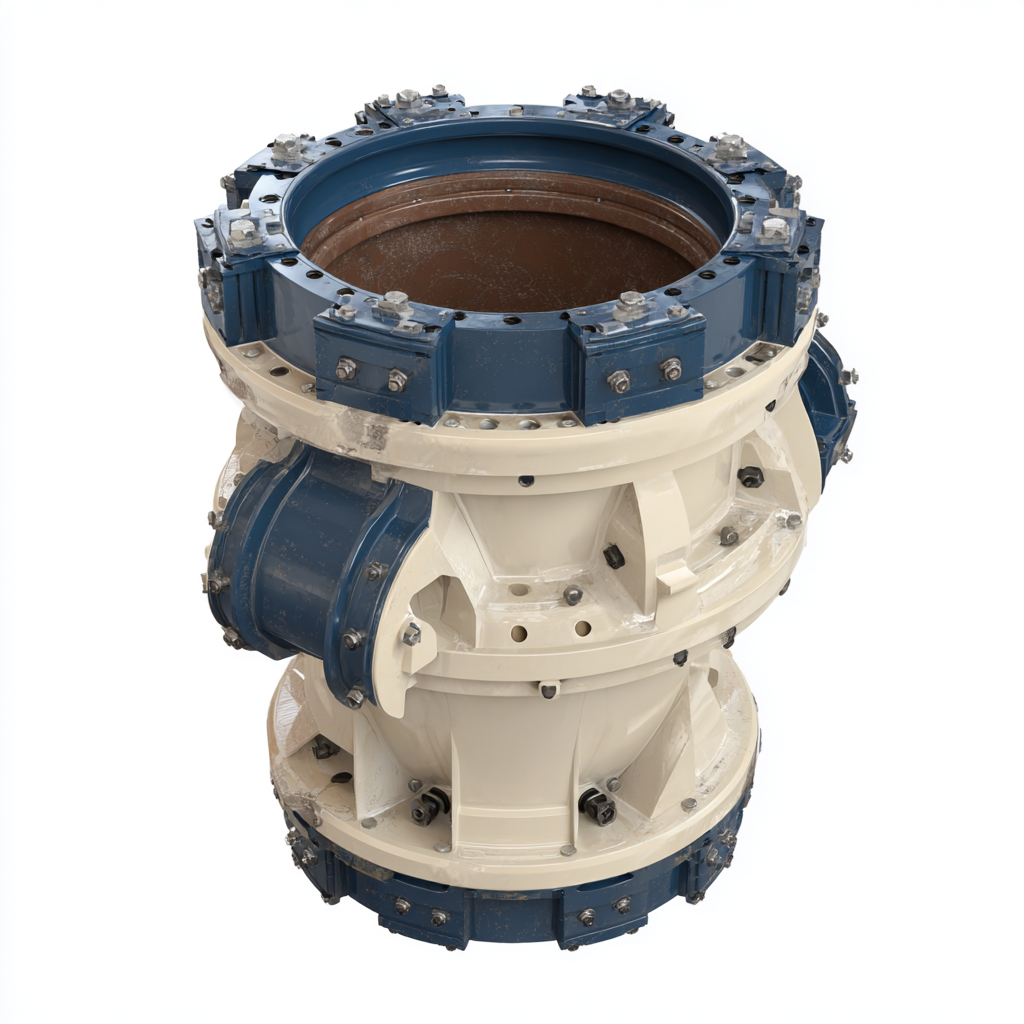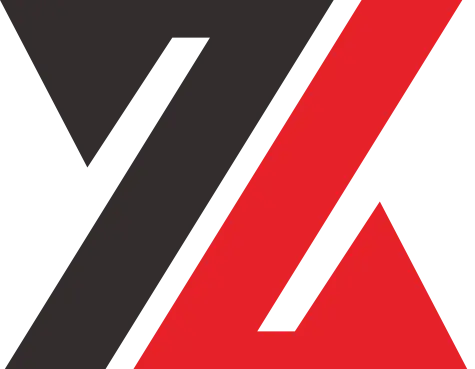As the global demand for efficient and durable mining and construction equipment continues to rise, the focus on optimizing the components that ensure their longevity and performance is paramount. One crucial element in this equation is the Cone Crusher Liner, a vital part of the cone crusher that significantly influences productivity and operational efficiency.

In 2025, industry experts predict notable trends emerging in the market that will reshape manufacturing standards and expectations for Cone Crusher Liners. This blog will explore the problems currently faced by manufacturers, delving into the innovative solutions and advancements in technology set to redefine the future of this essential component.
By understanding these trends, stakeholders can better prepare for the evolving landscape of the global market, ensuring they remain competitive and capable of meeting the demands of an ever-changing industry.
As the demand for durable and efficient crushing solutions continues to rise in the mining and aggregate sectors, innovations in cone crusher liner materials are set to redefine industry standards by 2025. Recent market analysis highlights a shift toward advanced alloys and composite materials that enhance wear resistance and longevity. According to a report by Grand View Research, the global market for cone crusher liners is anticipated to reach $1.5 billion by 2025, driven by these technological advancements.
Emerging innovations such as high-performance manganese steel and ceramic-reinforced composites are gaining traction. These materials not only extend the lifespan of liners but also optimize the crushing process by improving energy efficiency. For instance, a study by the Mining and Materials Engineering Journal indicated that using advanced liner materials could reduce replacement frequency by up to 30%, significantly lowering operational costs for industry players. As manufacturers invest in R&D for lighter yet stronger materials, the landscape of cone crusher liners is poised for transformative change, ensuring operators can meet their productivity and sustainability goals in the years ahead.
| Material Type | Wear Resistance (HRc) | Tensile Strength (MPa) | Market Growth Rate (%) | Expected Lifespan (Hours) |
|---|---|---|---|---|
| Alloy Steel | 58-62 | 900-1200 | 7.5 | 2000 |
| Manganese Steel | 50-55 | 800-1000 | 5.0 | 1500 |
| High Chrome Iron | 62-68 | 1000-1400 | 6.0 | 2500 |
| Ceramic Composite | 70-75 | 1500-2000 | 10.0 | 3000 |
The global cone crusher market is experiencing robust growth, with a valuation of USD 2.55 billion in 2023. Projections indicate an increase to USD 2.69 billion in 2024, and it is expected to reach USD 4.16 billion by 2032. This growth is driven by rising demand for efficient crushing solutions across industries such as mining, construction, and recycling. The evolution of cone crusher liners is crucial, as innovative materials and designs aim to enhance durability and performance, catering to the diverse needs of end-users.
Tips for optimizing cone crusher liner performance include:
The evolution of cone crusher liner designs is pivotal in enhancing operational efficiency and minimizing maintenance costs in the mining and construction industries. Various alternative designs are emerging, showcasing improvements in material composition, geometrical configurations, and surface enhancements that promise to optimize performance. Key innovations include the integration of advanced alloys and specialized coatings, which not only extend the life of liners but also improve their resistance to wear under high-stress conditions. By comparing these designs, industries can identify which alternatives may lead to lower downtime and increased throughput.

Another aspect of this comparative analysis is the impact of design choices on the overall efficiency of crushing operations. For instance, modifications in liner profiles can significantly affect the material flow and size reduction efficiency. Studies indicate that liners with a more aggressive tooth pattern can enhance the inter-particle crushing process, resulting in better product shape and size distribution. By examining these alternative designs, operators can make informed decisions that align with their specific operational needs, potentially leading to substantial cost savings and improved productivity in the competitive global market.
As the global market for cone crusher liners evolves, sustainability trends are taking center stage in manufacturing practices and usage. According to a recent market analysis conducted by Mordor Intelligence, the demand for sustainable mining practices has increased significantly, driving producers to adopt eco-friendly materials and processes. By 2025, it is projected that more than 50% of cone crusher liner manufacturers will integrate recycled materials into their products, reducing the carbon footprint associated with traditional manufacturing methods.
Additionally, the push for sustainability not only influences material selection but also impacts the operational lifespan of cone crusher liners. A report by Technavio highlighted that liners developed with sustainable practices are likely to offer enhanced durability, potentially extending operational timeframes by up to 30%. This not only minimizes wear and tear but also translates to lower operational costs for mining companies. As sustainability becomes a crucial factor in the decision-making process, the adoption of advanced materials and techniques in cone crusher liner production will drive the industry towards a more environmentally friendly future.
This chart illustrates the emerging trends in cone crusher liner manufacturing for the years 2021 to 2025, highlighting the increasing impact of sustainability practices and the adoption of innovative materials. As sustainability becomes more critical in manufacturing processes, the percentage of production focusing on sustainable practices is expected to rise significantly by 2025, projecting a 70% focus on sustainability and an 80% increase in the usage of innovative materials.
The cone crusher liner market is poised for significant advancements driven by technological innovations aimed at enhancing performance and durability. As industries worldwide continue to demand higher efficiency and reliability from their crushing equipment, manufacturers are focusing on the development of new materials and designs that can withstand harsher operating conditions. These innovations are crucial in increasing the lifespan of liners, reducing downtime, and ultimately fostering operational excellence across various sectors, including mining, aggregates, and construction.
In addition to material advancements, the integration of advanced manufacturing techniques, such as 3D printing and precision machining, is expected to revolutionize the production of cone crusher liners. These technologies not only enable more intricate designs but also allow for tailored solutions that meet specific operational needs. As a result, the cone crusher liner market is projected to experience a robust growth rate, reflecting the industry's commitment to improving the efficiency and sustainability of crushing operations while minimizing wear-related costs.




